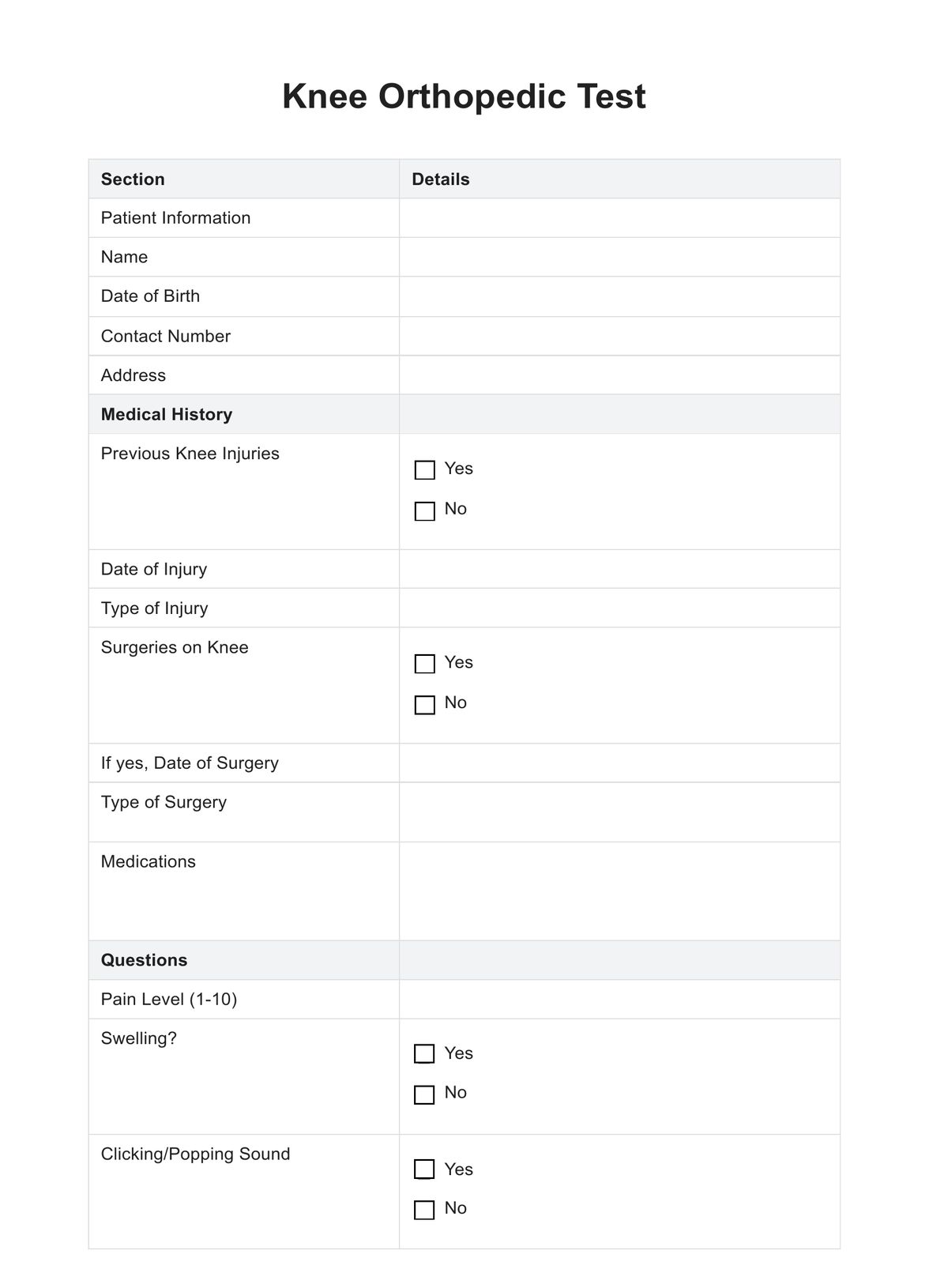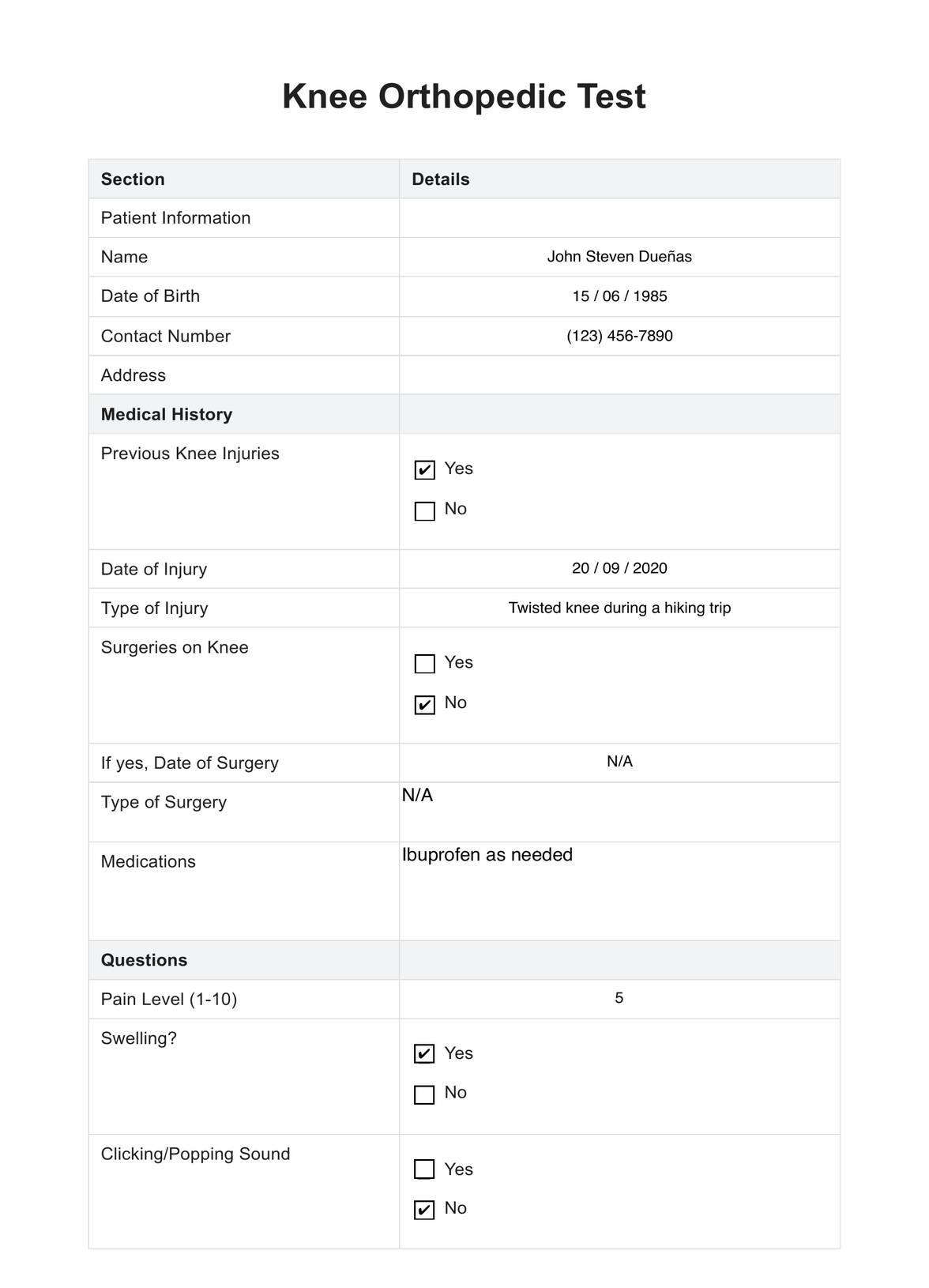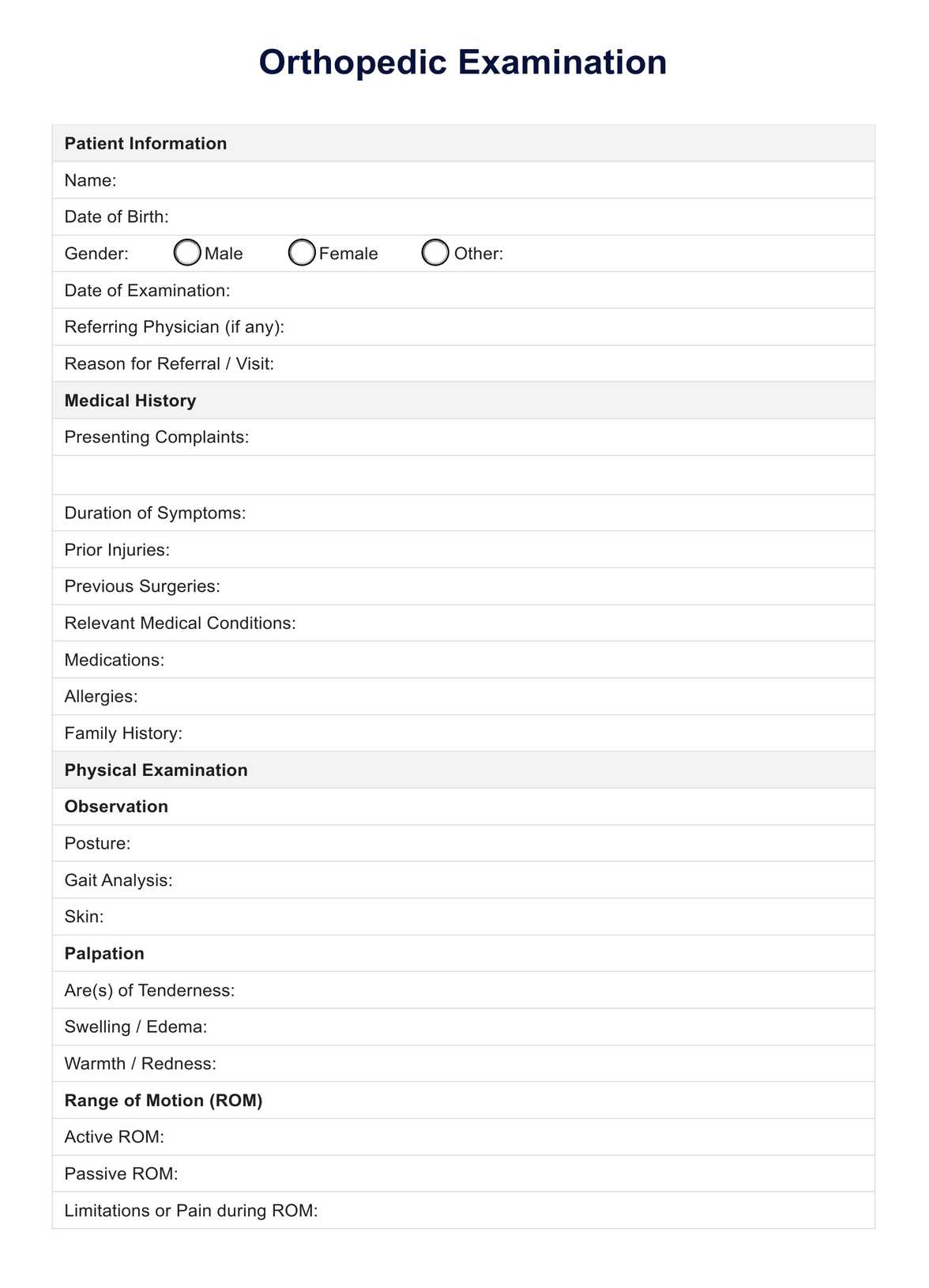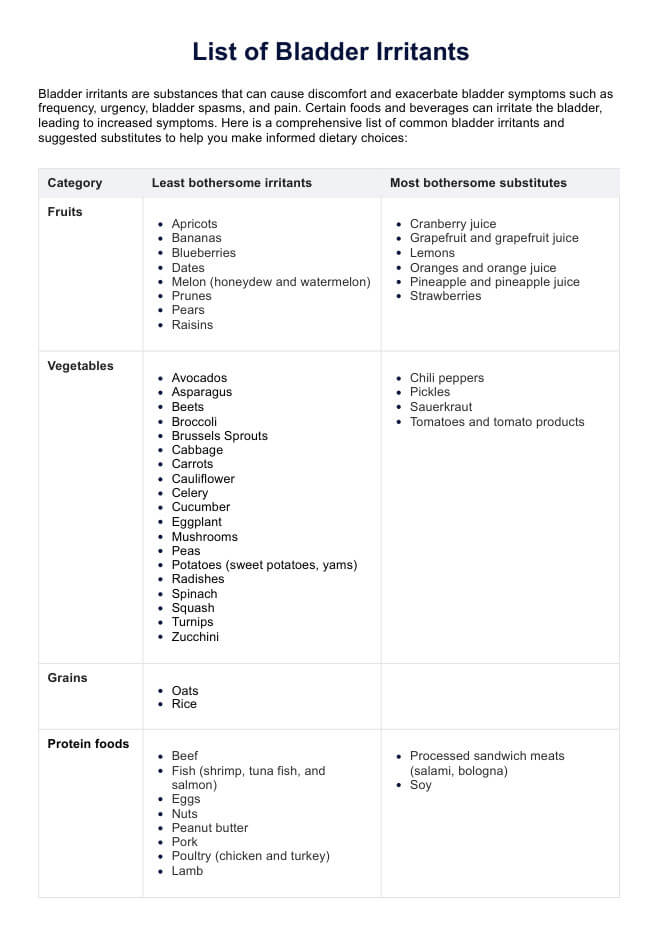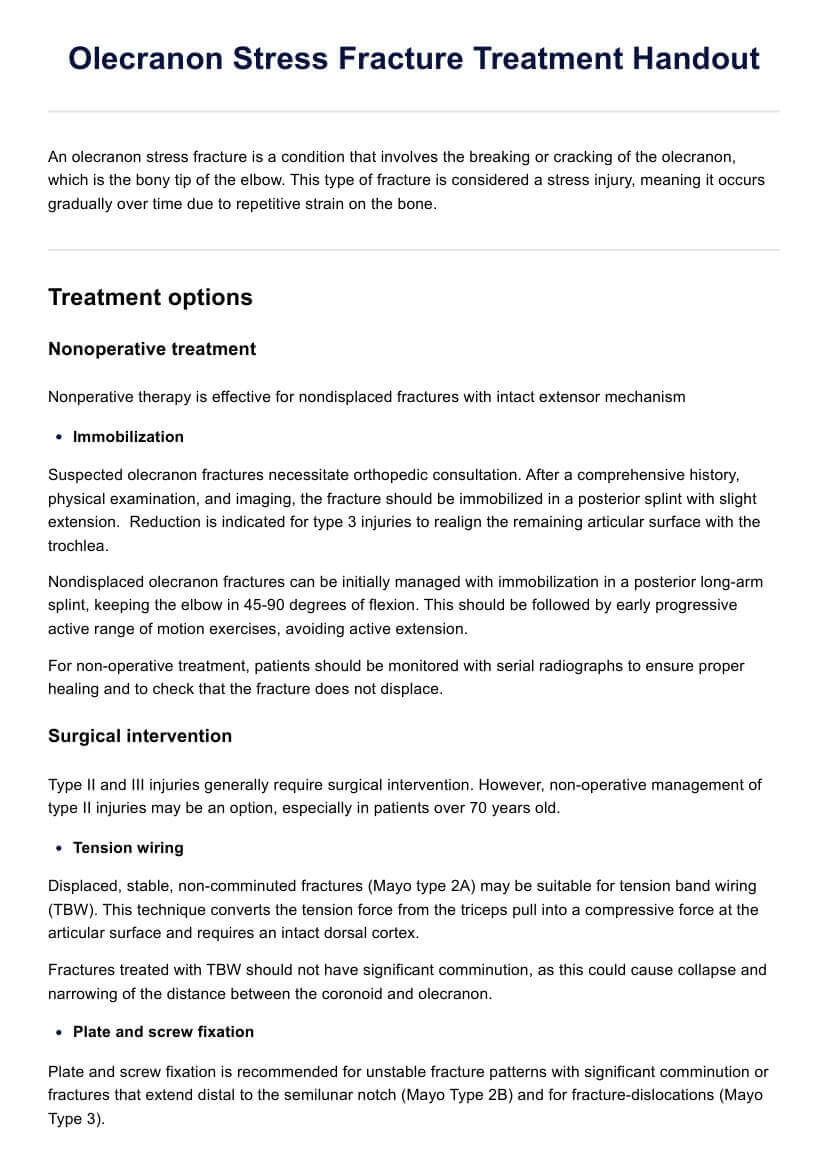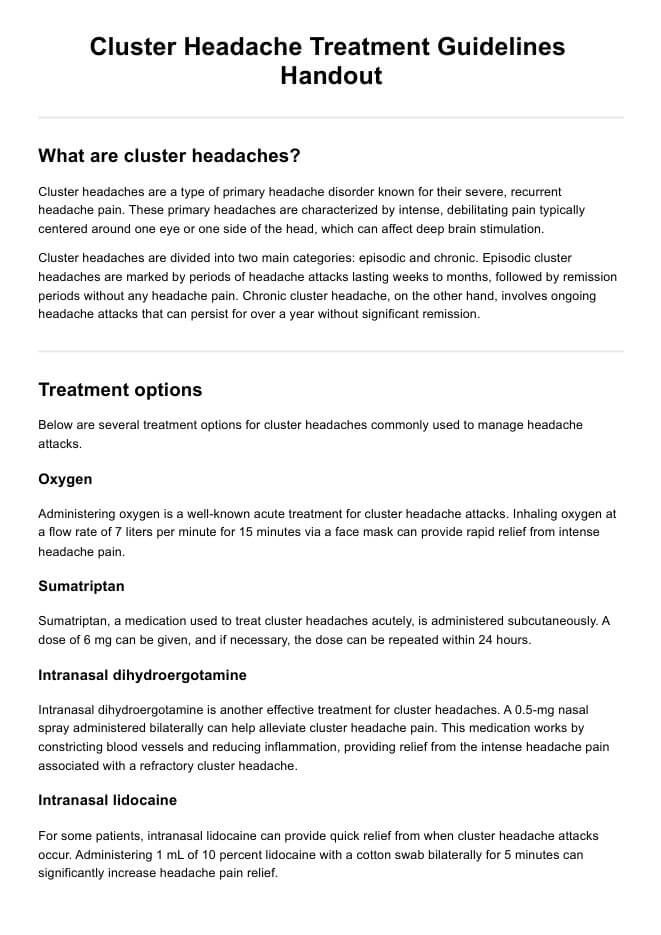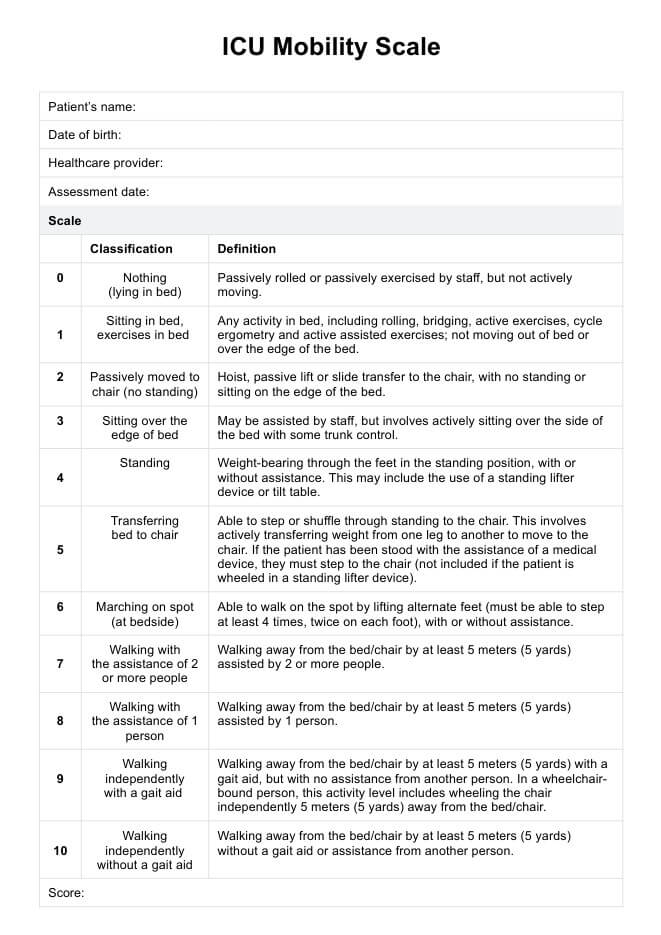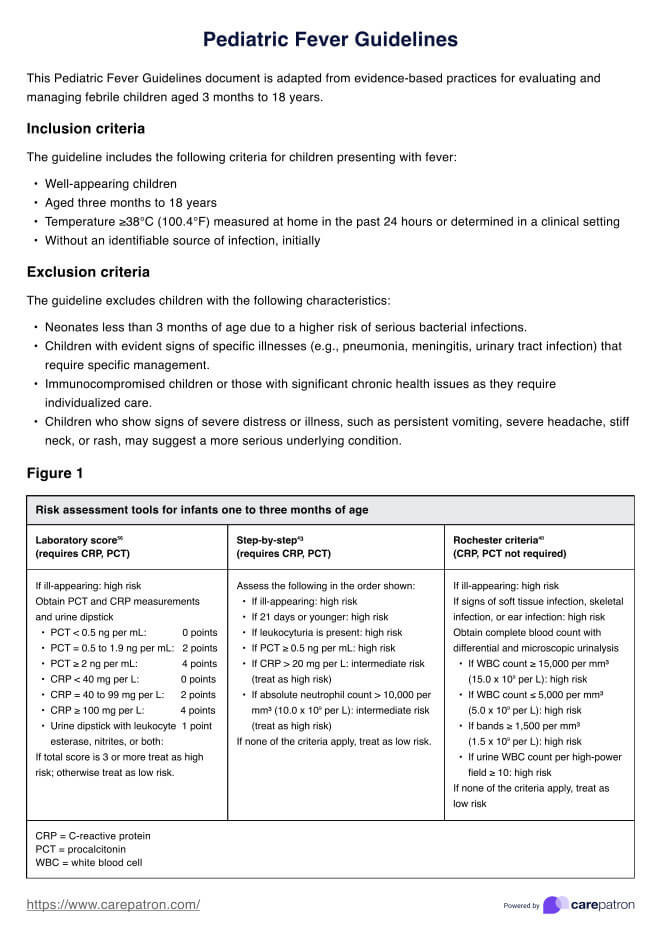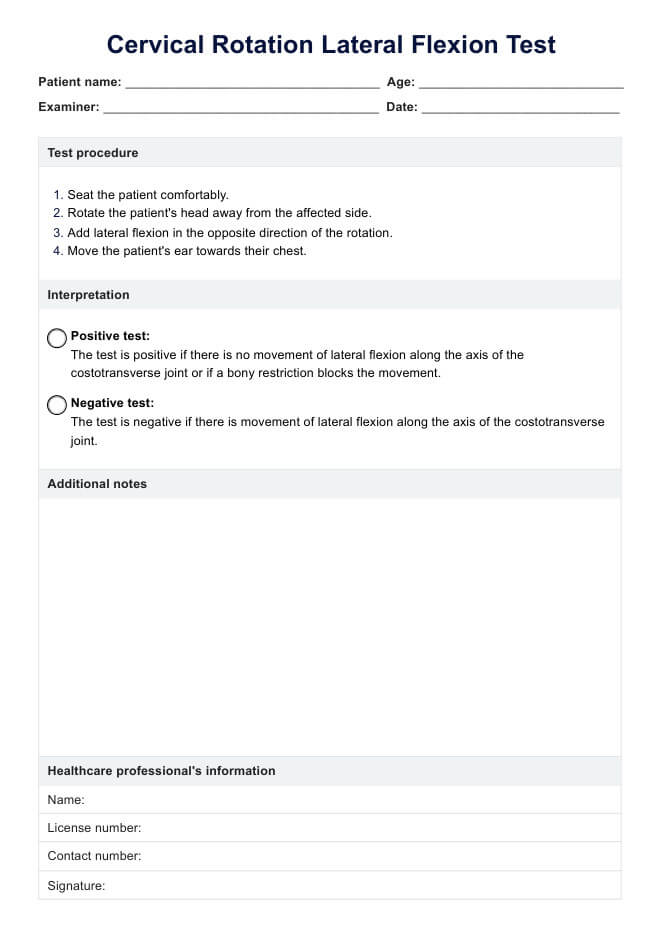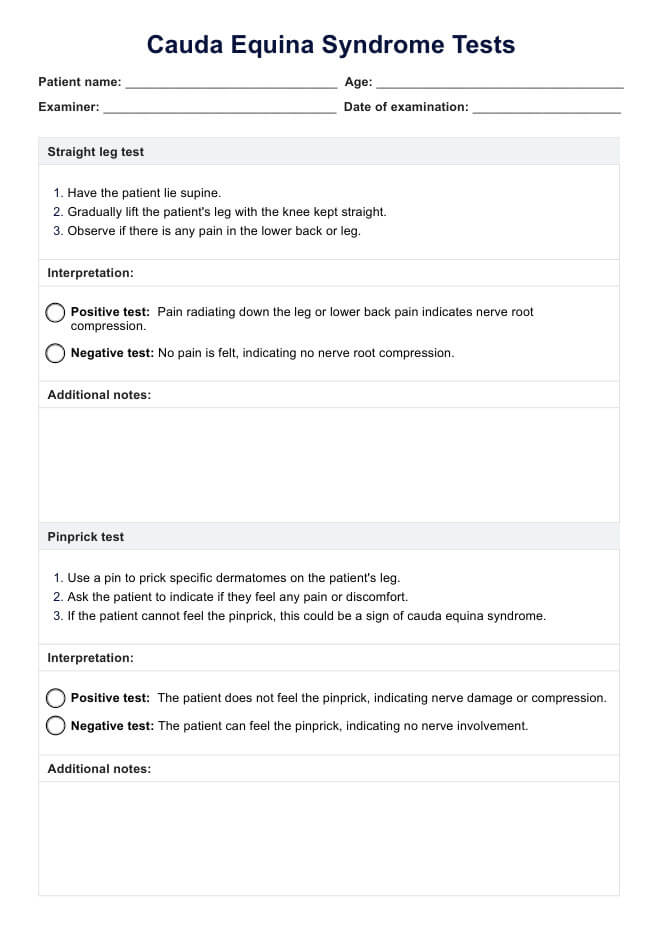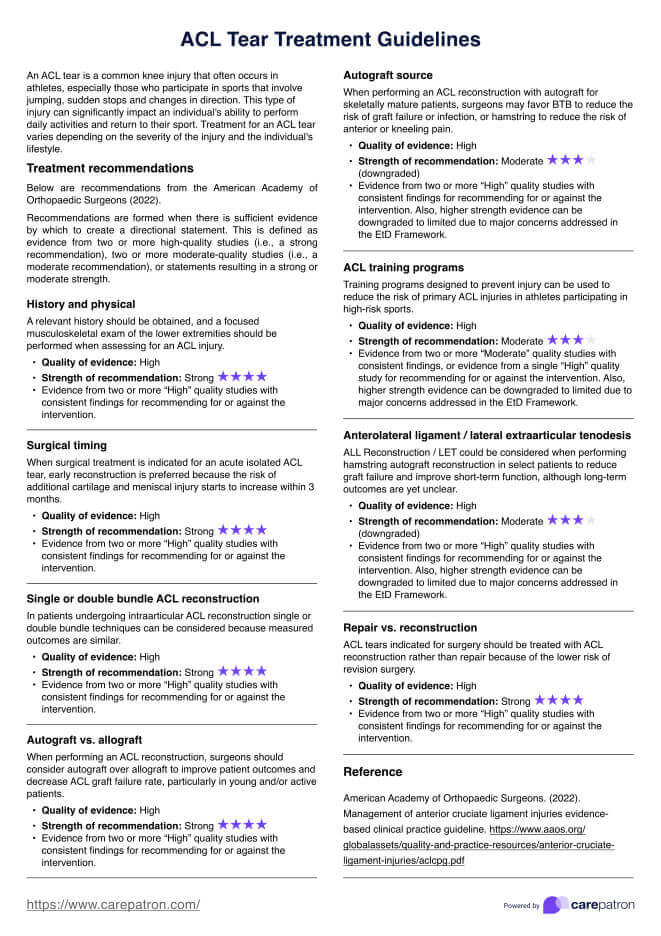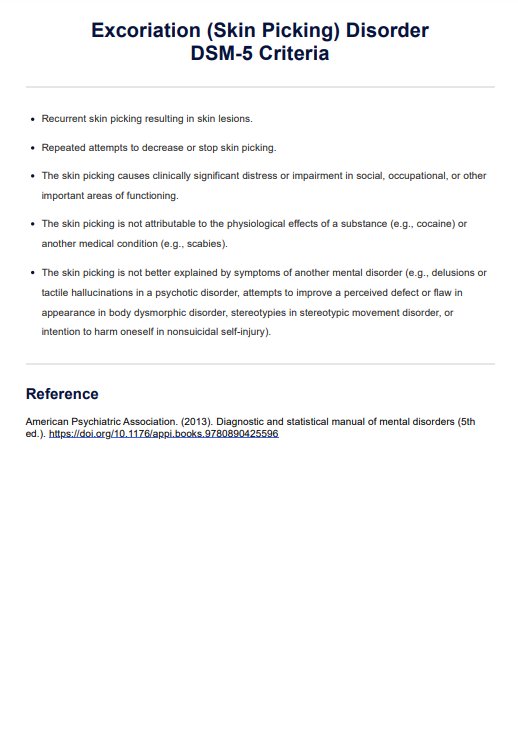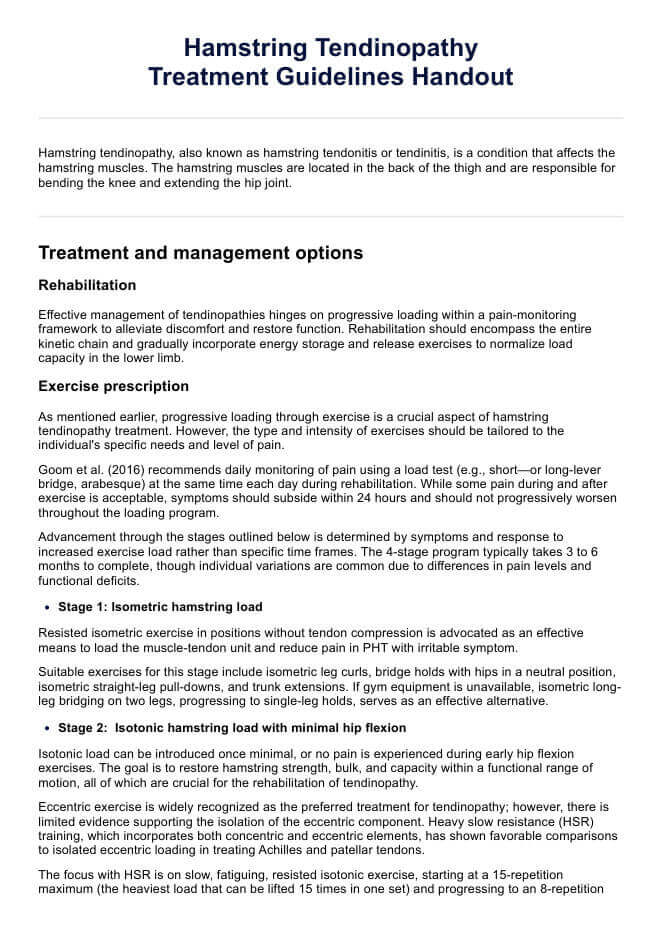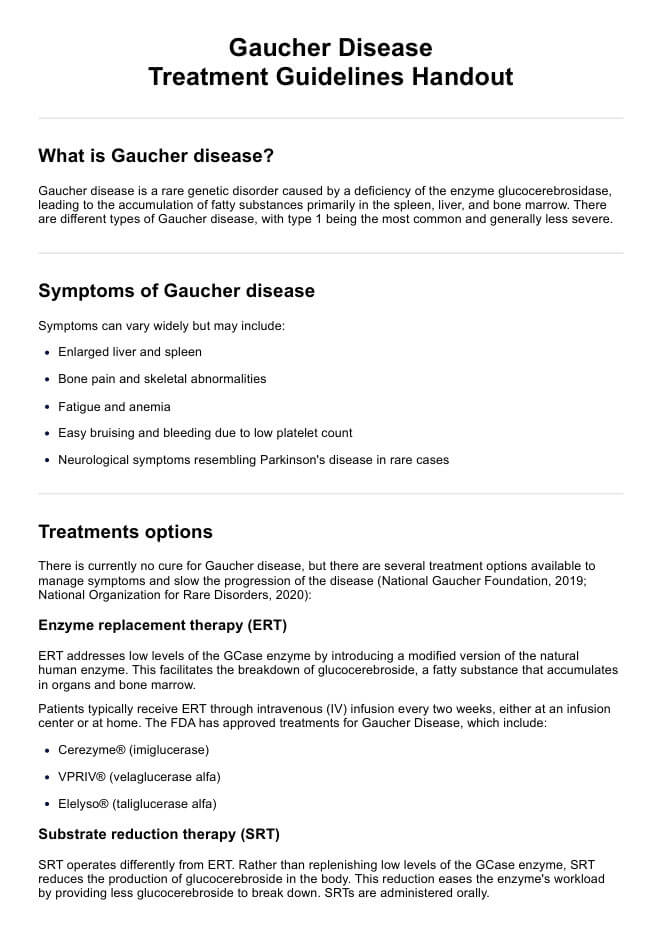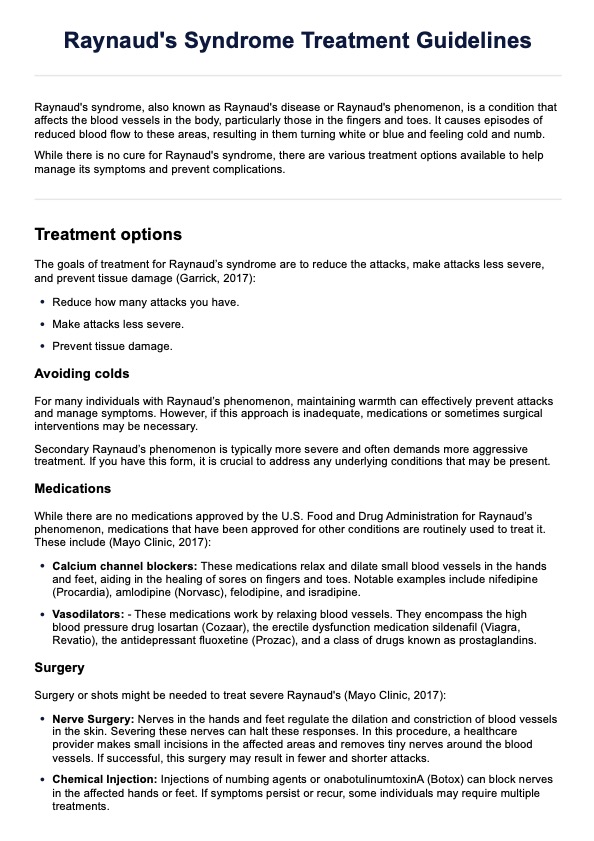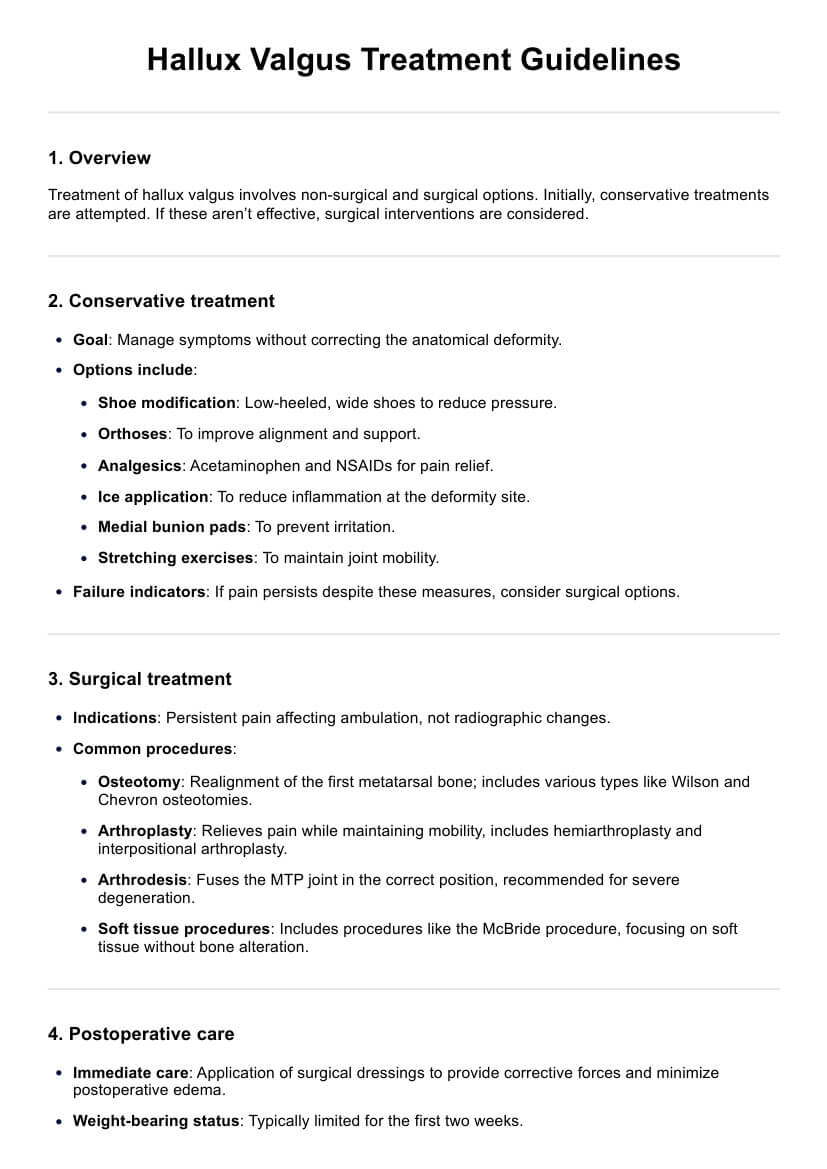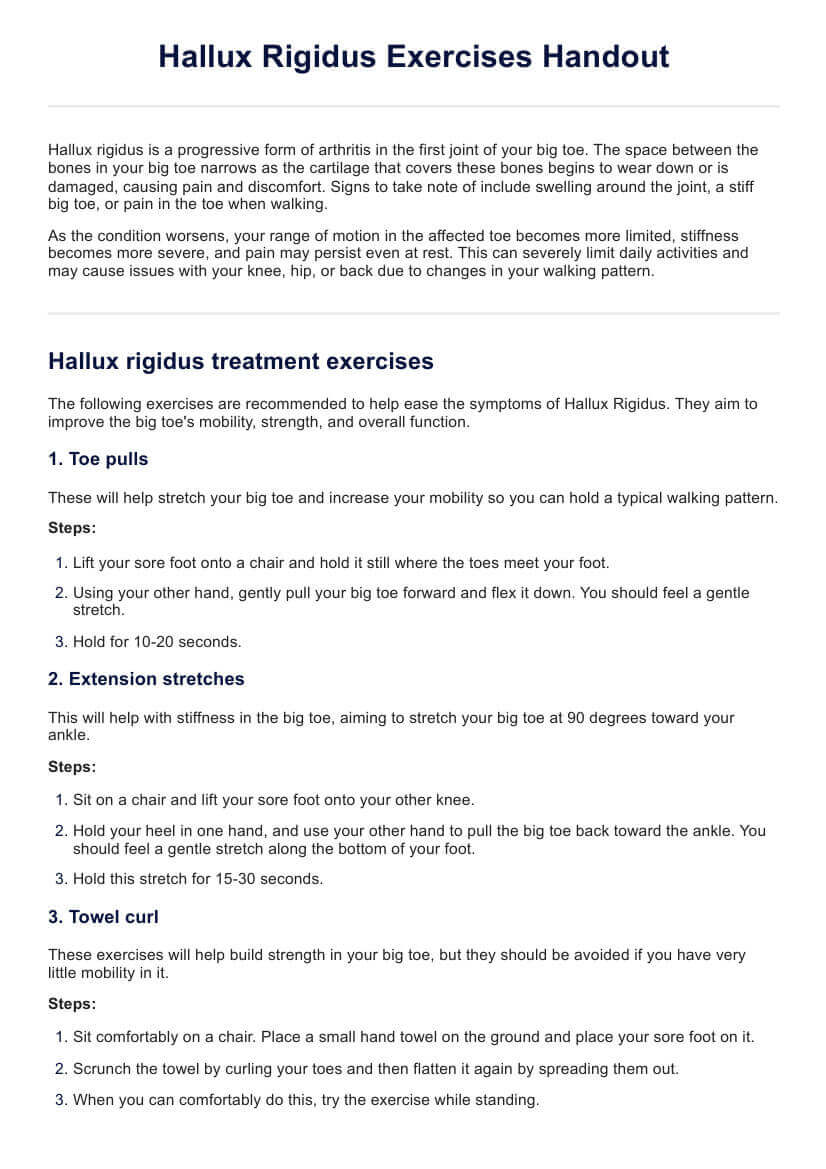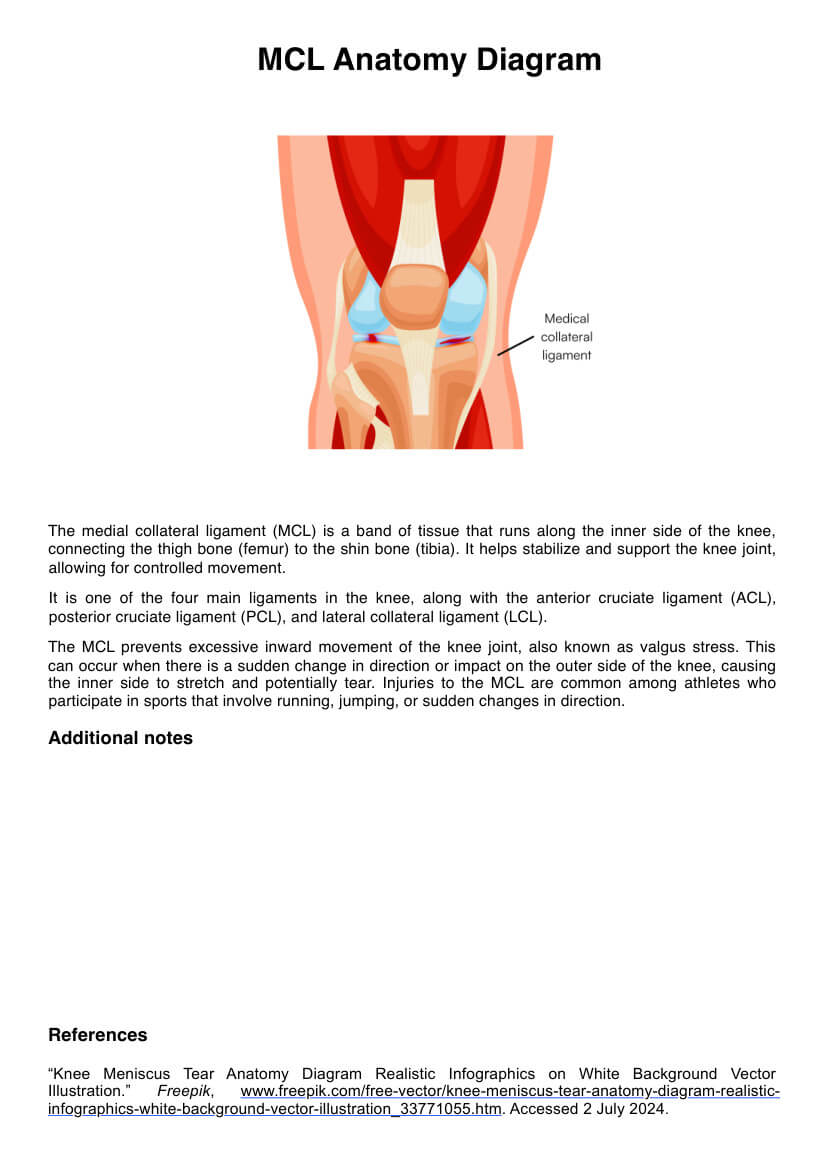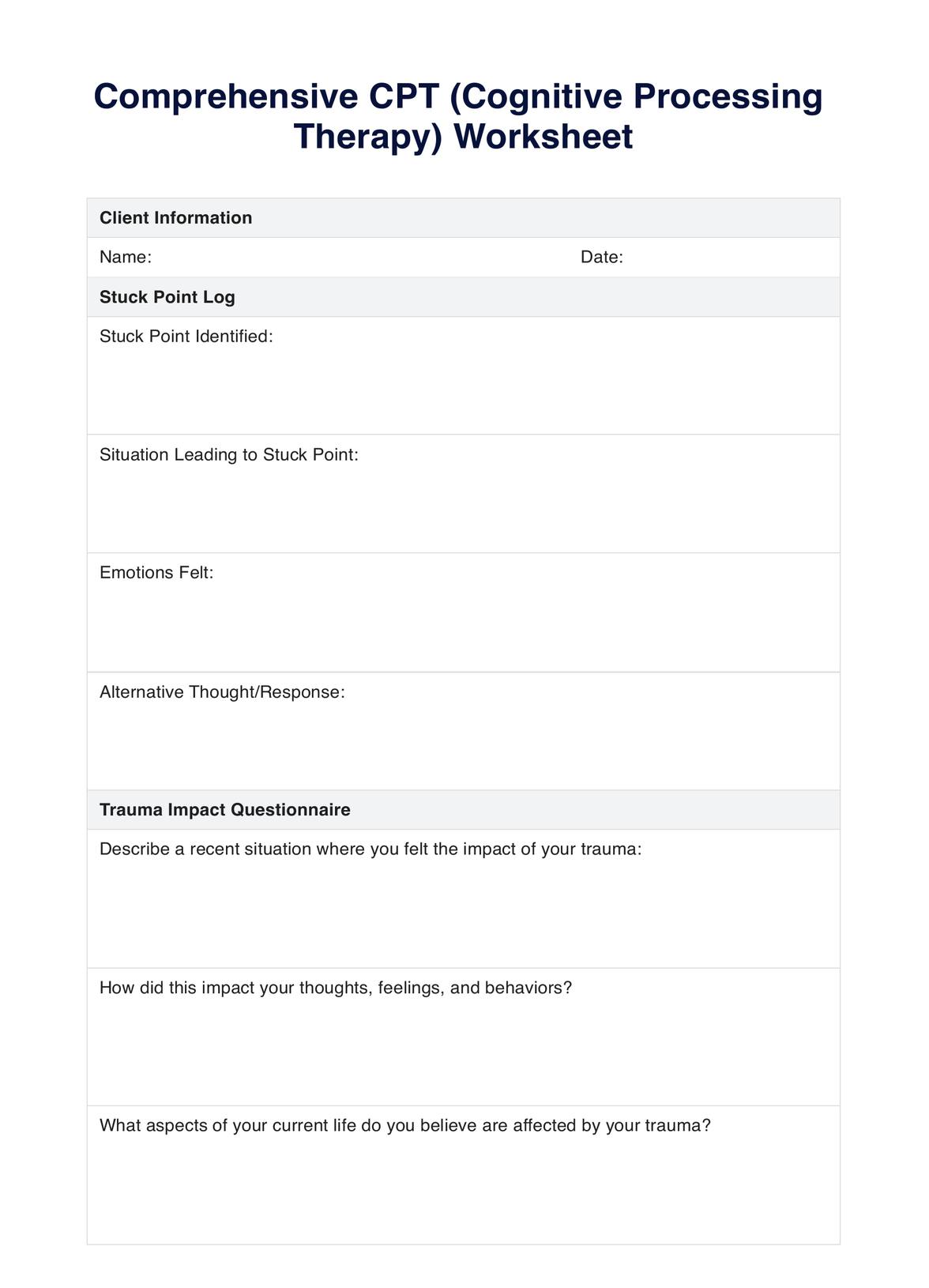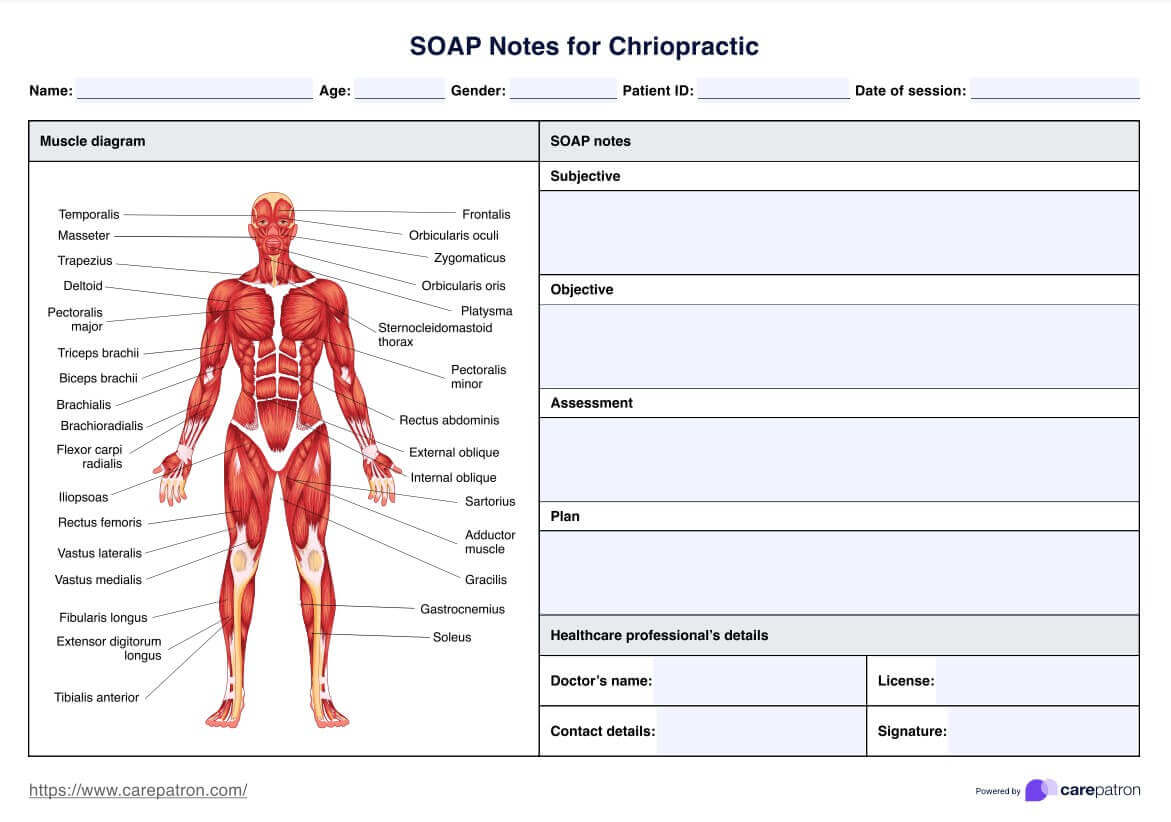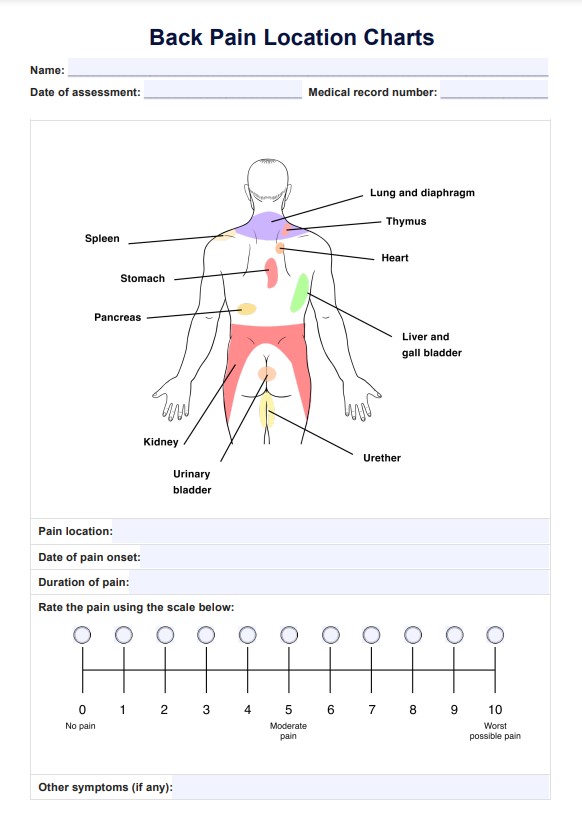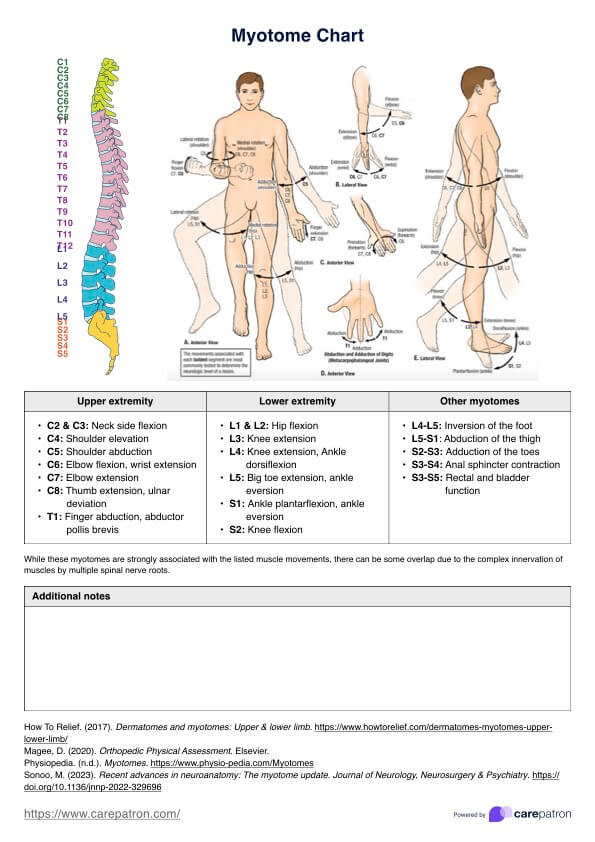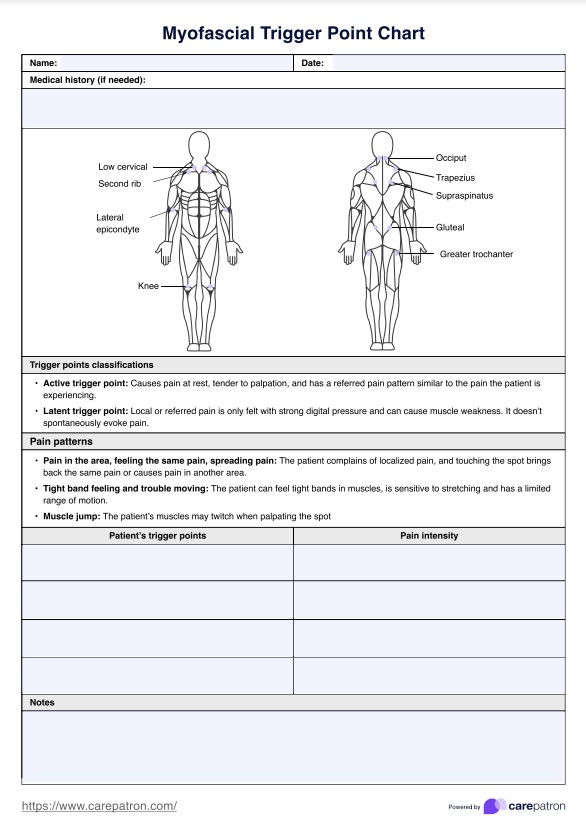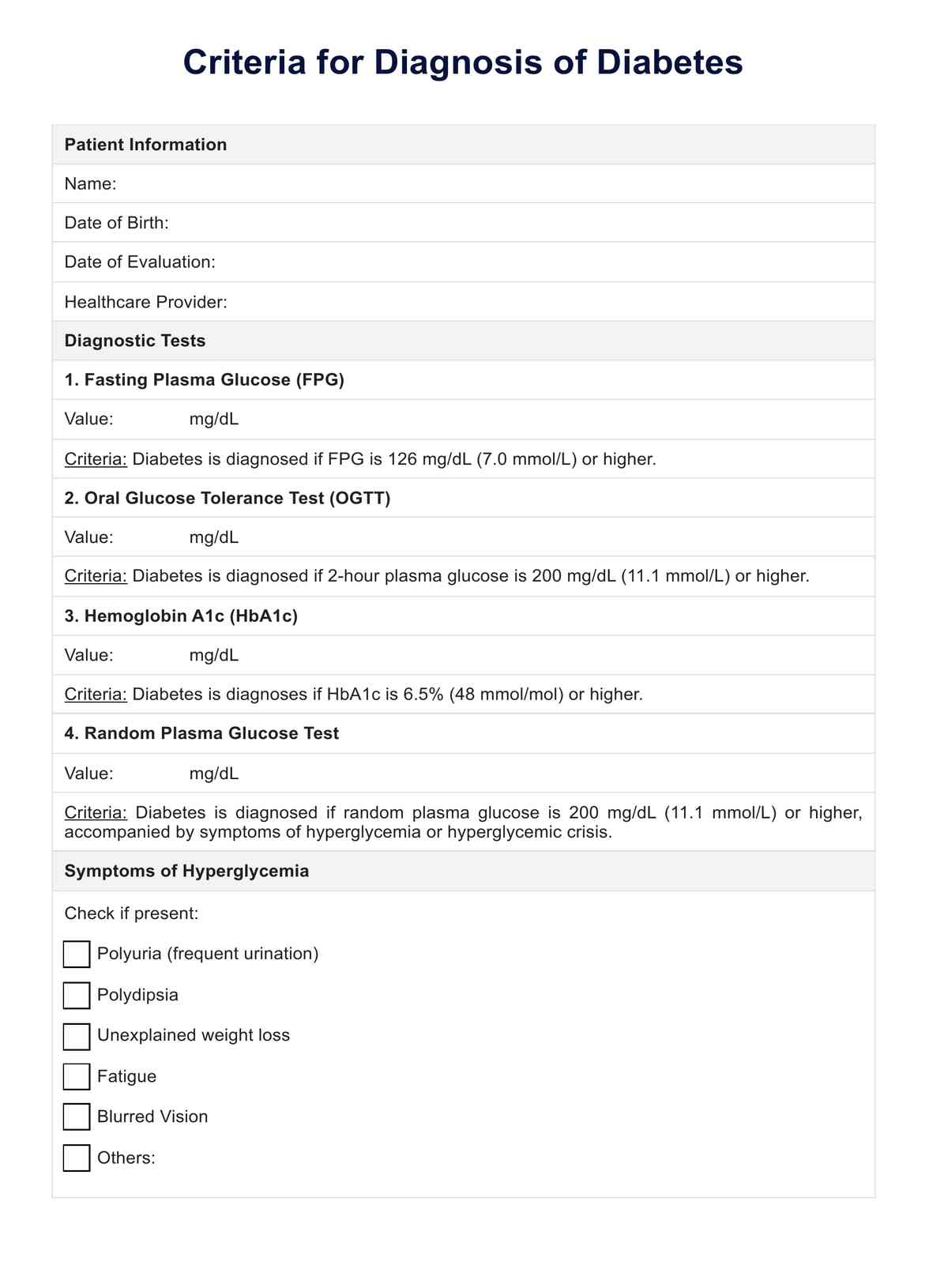Knee Orthopedic Tests
Dive into Carepatron's complete guide on the Knee Orthopedic Test. Discover its importance, research-backed evidence, & why Carepatron is the ultimate platform.


What Is a Knee Orthopedic Test?
Hey there, passionate healthcare warriors! 🌟
Let's talk about one of the unsung heroes of the orthopedic world - the Knee Orthopedic Test. If the knee is the Cinderella of our body, enduring daily stress and strains without much fanfare, the is the fairy godmother, identifying problems and ensuring Cinderella stays dancing all night long!
If you're new to this or need a refresher, a Knee Orthopedic Test is a specialized assessment tool designed to detect abnormalities and injuries in the knee joint. It's like a detective's magnifying glass, focusing on the clues our knees give away. From ligament tears, cartilage wear and tear, to early signs of arthritis, this test is pivotal in diagnosing various conditions.
Here's the cherry on top: This assessment identifies problems and guides treatment strategies. It's a compass pointing the way to the best interventions and therapies. Imagine setting out on a journey without a map or GPS! The Knee Orthopedic Test ensures we're not wandering in the vast field of medical interventions but heading straight to the most effective solution.
Ready to dive deeper? Stick around as we unravel the secrets of this indispensable tool. And, bonus, we've got a downloadable PDF just waiting to land in your digital library! 📚🚀
Stay curious, and let's get knee-deep into this (pun intended!) 😄.
Looking for other useful resources? Feel free to watch this video:
Knee Orthopedic Tests Template
Knee Orthopedic Tests Example
How Does It Work?
Knee orthopedic tests are vital tools for healthcare professionals, helping to diagnose potential issues and inform treatment plans. This comprehensive examination method consists of a structured step-by-step approach. Here's how a seasoned physical therapist or orthopedic specialist conducts the test:
1. Initial Consultation
- Gather Patient Details: Collect essential patient details like name, date of birth, contact information, and address.
- Review Medical History: Discuss past knee injuries, surgeries, and any relevant medications the patient might take.
2. Conduct a Symptom Analysis
- Assess Pain Levels: Ask the patient to rate their pain on a scale from 1 to 10.
- Identify Symptoms: Inquire about specific symptoms such as swelling, morning stiffness, or any clicking/popping sound when moving the knee. Check if the knee limits certain activities.
3. Perform Physical Tests
- McMurray Test: Used to detect tears in the meniscus.
- Apley's Compression Test: Helps identify meniscus damage.
- Lachman Test: Assesses anterior cruciate ligament (ACL) integrity.
- Drawer Test: Evaluates both the anterior and posterior cruciate ligaments.
4. Record Findings
- Visual Observation: Look for external signs like swelling, redness, or deformities.
- Palpation: Gently press various parts of the knee to check for tenderness or unusual lumps.
5. Interpretation & Recommendations
- Analyze the Results: Form an initial diagnosis based on the test findings and the patient's history.
- Plan Next Steps: Recommend further diagnostic tests (like an MRI) if necessary. Suggest potential treatments or interventions, such as physical therapy or wearing a brace.
In conclusion, the Knee Orthopedic Test offers a structured and systematic method for assessing knee health. This approach allows healthcare professionals to gather the necessary data to provide their patients with the best care and guidance.
When Would You Use This Form?
The Knee Orthopedic Test is a valuable tool for healthcare professionals. But when exactly should it be employed?
- Initial Consultation & Assessment: If a patient presents with knee pain, discomfort, or swelling, this form is the starting point to pinpoint the cause.
- Post-injury Evaluation: After a knee injury, the test can gauge the severity of the damage and inform appropriate treatment options.
- Monitoring Progress: For patients undergoing treatment or rehabilitation for a knee injury, the form helps assess the effectiveness of the intervention.
- Pre-surgery Evaluation: Before any knee surgery, the assessment can determine the current state of the knee and what surgical procedures might be necessary.
- Return-to-sport Assessments: Athletes aiming to get back into their sport after a knee injury can be evaluated to ensure their knee is robust and ready for competitive activity.
- Routine Check-ups: Even in the absence of any apparent injury, periodic assessments can be done to detect potential issues that may not be causing symptoms yet.
In conclusion, the Knee Orthopedic Test form is a versatile resource, applicable in various scenarios, ensuring that patients receive the most accurate diagnosis and best care possible.
Benefits
Streamlined Diagnostic Process
A structured template like the Knee Orthopedic Test ensures a comprehensive diagnostic process. It prevents oversight of crucial details, making the assessment more effective and efficient.
Enhanced Patient Communication
A standardized format allows more transparent communication between healthcare professionals and patients. The layout can guide the conversation, ensuring patients understand the purpose of each test and its implications.
Consistency in Record Keeping
With all patients undergoing a standardized assessment, record-keeping becomes more organized. It's easier to compare data across patients or monitor a patient's progress over time.
Informed Treatment Decisions
Professionals can make better-informed treatment decisions by having a complete picture of the knee's state. This tailored approach increases the likelihood of successful outcomes.
Facilitated Peer Collaboration
In cases where multidisciplinary teams are involved in a patient's care, having a standard assessment format can streamline communication and collaboration among professionals.
Time Efficiency
A pre-established format negates the need to start with every new patient from scratch. It saves time, allowing professionals to focus more on care and less on paperwork.
Research & Evidence
The Knee Orthopedic Test had its roots in the early 20th century when medical professionals began standardizing assessment techniques for musculoskeletal disorders. This period saw a surge in sports medicine research, driven by an increased understanding of biomechanics and the importance of physical fitness.
The knee, one of the most complex and injury-prone joints, became a focal point for orthopedic research. Over the years, numerous studies have been conducted to understand the intricate anatomy and biomechanics of the knee joint. This research birthed several orthopedic tests specific to the knee, each designed to diagnose a particular pathology.
Evidence supporting the use of these tests is vast. Clinical trials and cohort studies have repeatedly demonstrated their efficacy in correctly diagnosing knee disorders, from ligament tears to meniscal injuries. A meta-analysis conducted in 2010 found that specific knee orthopedic tests had high sensitivity and specificity for diagnosing anterior cruciate ligament (ACL) tears, one of the most common knee injuries.
Furthermore, orthopedic tests have been incorporated into clinical guidelines and best practice recommendations worldwide. Their continued use in clinical settings further attests to their reliability and importance in the diagnostic process.
The Knee Orthopedic Test culminates decades of research and clinical practice. Its structured approach and evidence-based design make it an invaluable tool for healthcare professionals.
References
- Cook C, Hegedus E, Hawkins R, Scovell F, Wyland D. Diagnostic accuracy and association to disability of clinical test findings associated with patellofemoral pain syndrome. Physiother Can. 2010;62(1):17-24.
- Benjaminse A, Gokeler A, van der Schans CP. Clinical diagnosis of an anterior cruciate ligament rupture: a meta-analysis. J Orthop Sports Phys Ther. 2006;36(5):267-288.
- Magee DJ. Orthopedic Physical Assessment. 6th ed. St. Louis, MO: Elsevier Health Sciences; 2013.
Commonly asked questions
Absolutely! Carepatron is designed to cater to various medical professionals, including physicians, nurses, chiropractors, and more, offering tools and resources relevant to a broad spectrum of healthcare needs.
We strive to keep all our resources, including the Knee Orthopedic Test, updated with the latest research and findings. Typically, major updates are made annually or whenever significant new research emerges.
Yes, Carepatron offers a streamlined onboarding process and comprehensive tutorials, ensuring every user can efficiently utilize the platform to its fullest potential.


